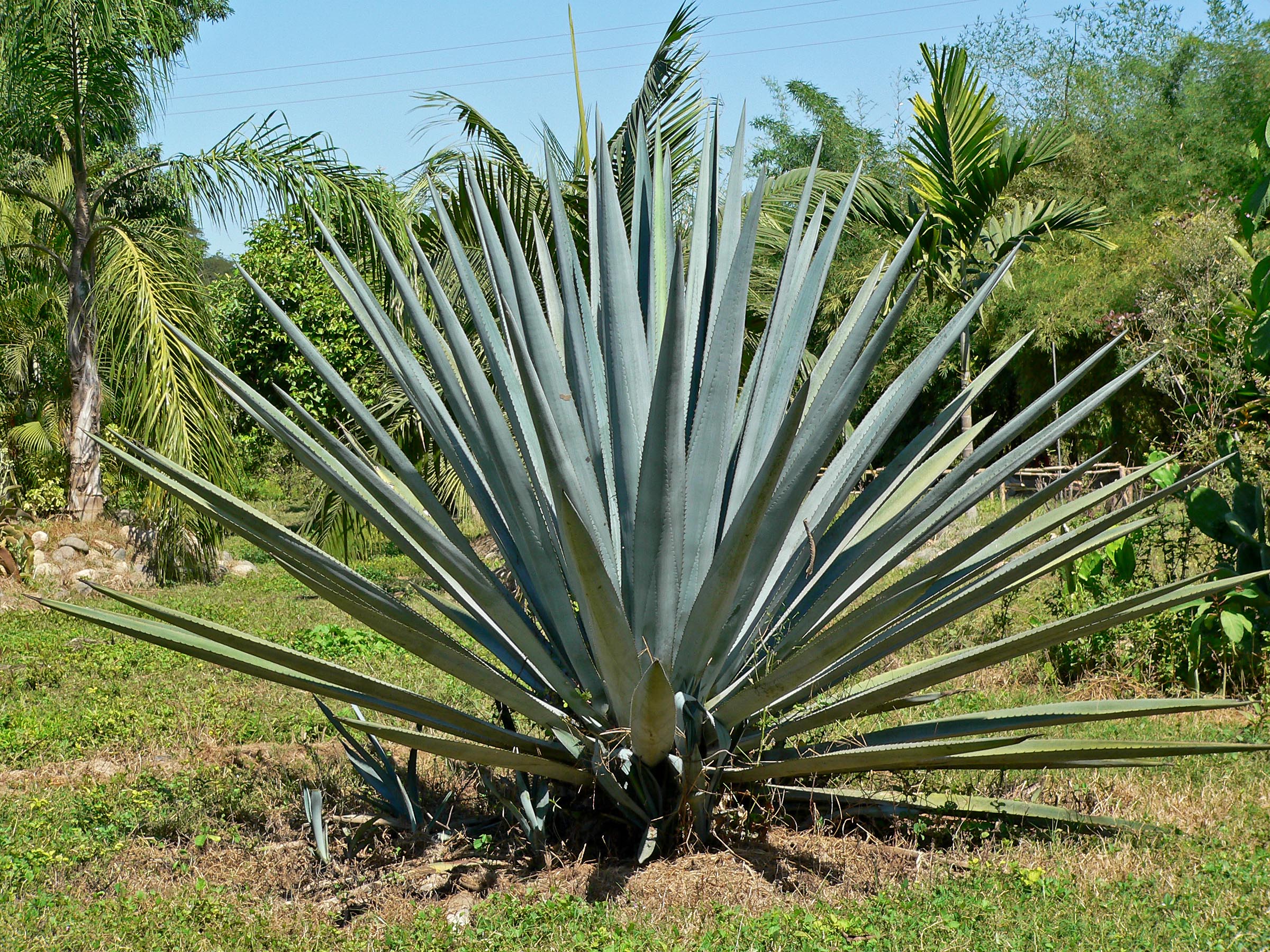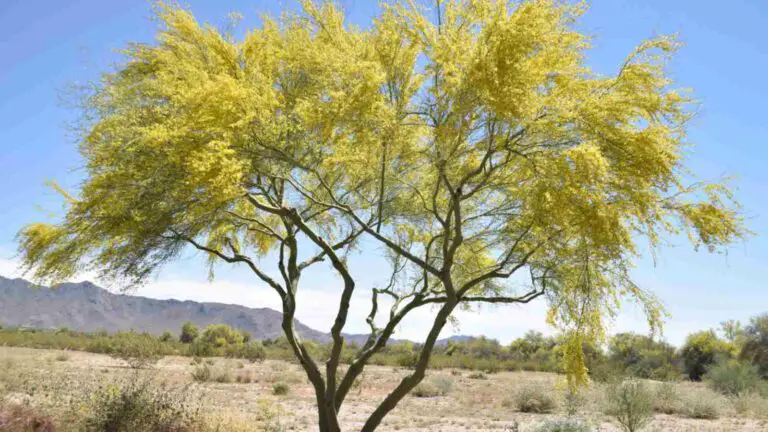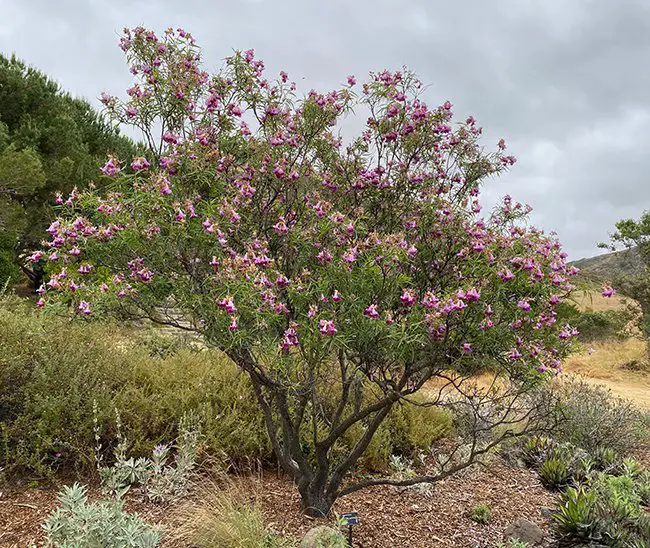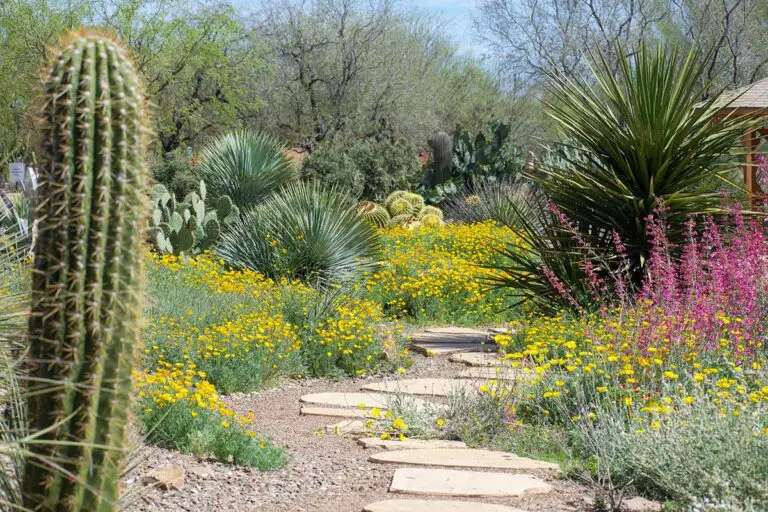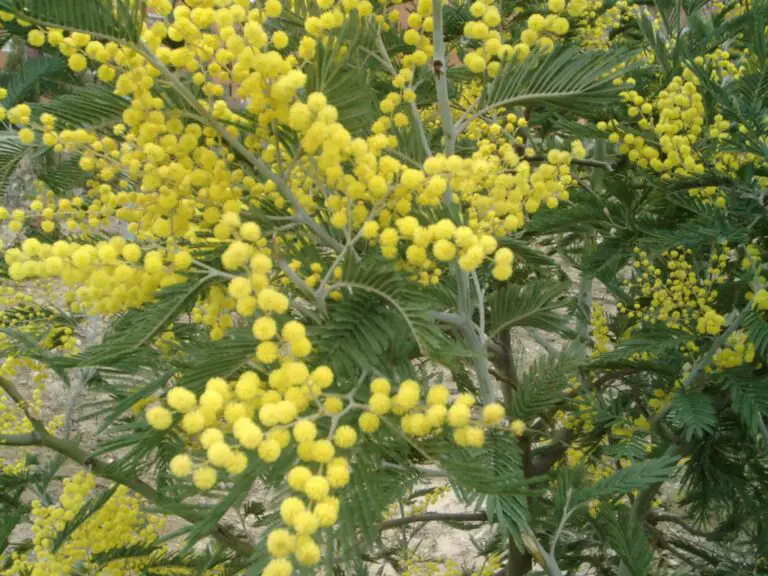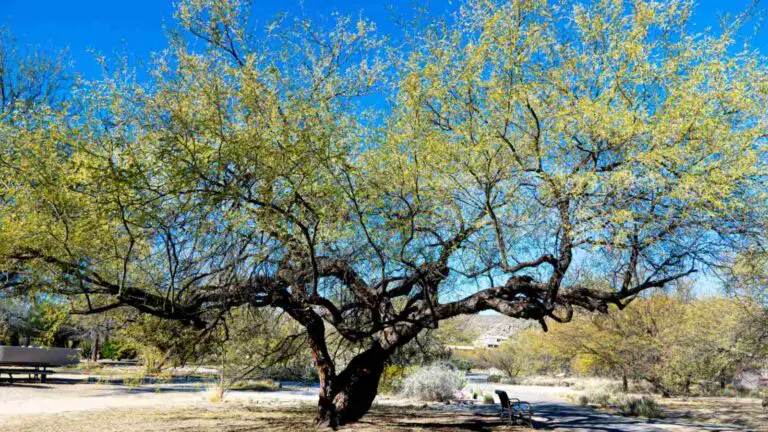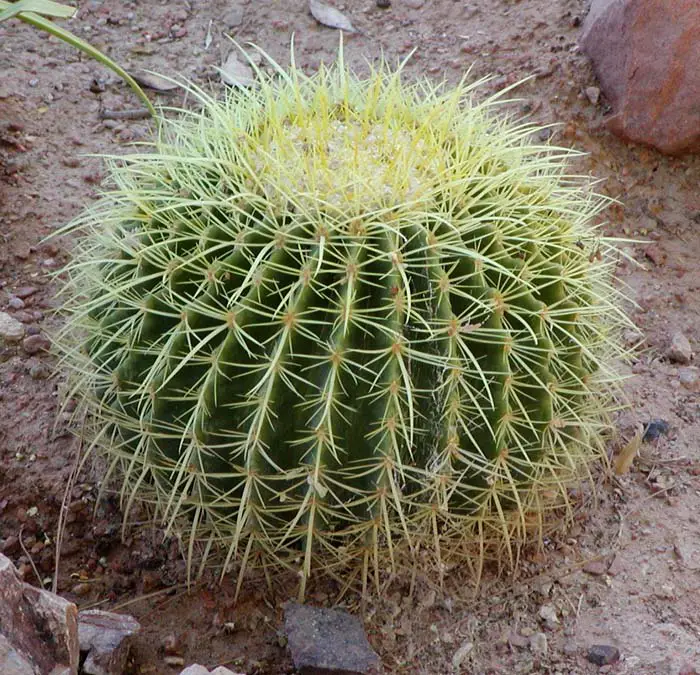Sculptural Elegance: Agave in Xerophytic Gardens
Gardening is an art form that connects people to nature in monumental ways. For those enthralled by the grace of succulents and the challenge of creating gardens in arid environments, the Agave plant stands as a beacon of possibility. The Agave genus, with its striking rosettes of spiked, variegated leaves, embodies resilience and sculptural beauty acclaimed by gardeners worldwide. When harnessed in xerophytic landscapes, Agave not only adorns with its grace but also elevates gardens into veritable oases of low-maintenance elegance.

In this comprehensive guide, we will explore the world of Agave and its special relationship with xerophytic gardens. We will uncover the principles of design, the nurturing care, and the profound impact Agave can have, not just on the aesthetics, but also on the sustainability and biodiversity of your outdoor spaces. This is a resource designed to inspire and educate, connecting you to the enduring allure and robustness of Agave in the world of gardening.
Agave in Xerophytic Gardens
Unveiling the Characteristics of Agave
Agave, often referred to as “century plants,” elicits images of the American Southwest or tropical paradises, thanks to its eclectic array of species. These plant wonders come in numerous shapes and sizes, ranging from the diminutive to the extravagant. Known for their low-maintenance demeanor and water-storing abilities, Agave is an ideal candidate for xerophytic gardens, where the emphasis lies in conserving water and creating sustainable landscapes.
Designing with Agave requires an understanding of their growth habits and visual impact. The symmetry and geometric precision of Agave plants make them excellent focal points or anchors in garden beds. Their size variation offers designers options for scaling, from ground-hugging rosettes to towering specimens that punctuate the landscape.
Ensuring Harmonious Design
Successfully integrating Agave into a xerophytic design is an exercise in balance. The key lies in harmonizing their form with that of other xerophytes, such as cacti and other succulents, as well as with non-living elements like stone and wood. This approach mimics the natural beauty found in desert ecosystems, creating a tranquil and engaging aesthetic.
Layering Agave of various heights and shapes within a garden bed lends a sense of depth and perspective. Consider the sightlines from various angles and how Agave will interact with the movement of light throughout the day. This conscientious layout will ensure that the beauty of Agave is on display, no matter where one stands in the garden.
Maintenance Made Simple
Anyone familiar with Agave’s reputation for hardiness knows that these plants are resilient against the elements, notably drought. However, they are not without care requirements. Xerophytic gardens benefit from the low water needs of Agave, but they may still need to be checked for proper drainage and the occasional drink during dry periods.
Agave’s seasonal requirements should also be noted. While summer might see a reduction in water needs, a little more hydration during the growing season and a periodic soak in spring is always welcomed. Adequate spacing and pruning of dead leaves not only maintain the health of the plant but also prevent unwarranted encounters with Agave’s formidable spines.
Benefits of Agave in Xerophytic Gardens
Drought Tolerance and Water Conservation
Arguably, Agave’s most celebrated feature is its ability to thrive in conditions with minimal water. In xerophytic gardens, this resilience means you can create a lush tapestry of life without the burden of high water usage. Agave serves as a model of resource efficiency, teaching gardeners the value of plants that can adapt to and even prosper in water-scarce environments.
Aesthetic Appeal and Sculptural Elegance
The visual appeal of Agave is undeniable, with its striking appearance that can elevate the design of any garden. Their architectural presence brings a sense of permanence and stability, creating a focal point that captivates the eye. The succulent’s silhouette against the sky, especially during sunrise and sunset, adds a dramatic quality that is as breathtaking as it is beautiful.
Wildlife Attraction and Biodiversity Enhancement
Agave plants are not alone in their appreciation of their own splendor. They play host to a variety of birds, insects, and other critters, providing food and shelter. By including Agave in your xerophytic garden, you also contribute to the local ecosystem’s diversity, fostering a small habitat that supports life in a meaningful way.
Caring for Agave Plants
The Right Soil and Planting Technique
When it comes to soil, Agave prefers a well-draining mix, as waterlogged roots can be its undoing. A combination of coarse sand, perlite, and gravel with a moderate organic content is ideal for Agave to establish itself. The importance of planting Agave at the right depth cannot be overstated, as it can affect the plant’s stability and moisture intake. Once placed, backfill and firmly press the soil around the roots to eliminate air pockets and provide a secure footing.
Water and Light — Finding the Balance
Agave, despite its reputation for drought tolerance, will need regular watering during its growing season. A good measure is to water deeply about once a week, allowing the soil to dry out before the next watering session. Soggy soil can lead to rot, so be sure to check the moisture level near the roots.
In terms of sunlight, Agave thrives in full sun but can also do well in partial shade. In hot climates, some shade during the peak of the day might be beneficial, especially for smaller or more tender species. Experiment with different exposure levels to find the ideal spot in your garden.
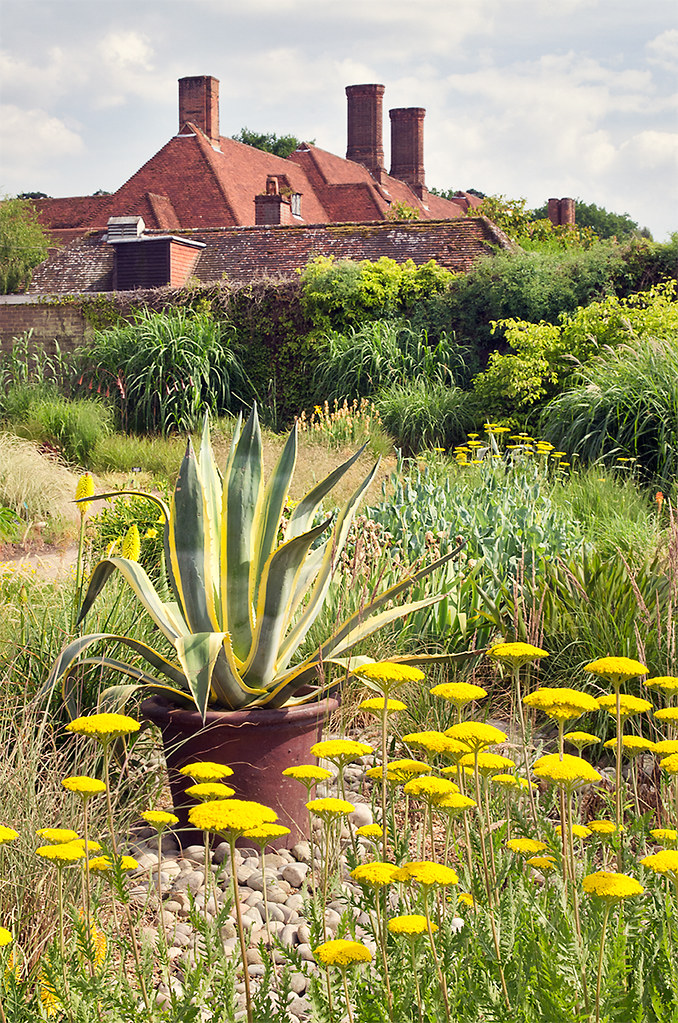
Monitoring for Pests and Diseases
Agave plants are generally resistant to pests and diseases, thanks to their natural defenses. However, they are not invulnerable. Mealybugs, scale insects, and certain fungi can be a nuisance, especially in overwatered or overcrowded conditions. Promptly isolate and treat affected plants to prevent the spread. Regular maintenance practices such as cleaning dead leaves and spacing adequately can go a long way in preventing infestations.
Increasing Sustainability with Agave
Propagation and Expansion
Expanding your Agave collection can be as rewarding as maintaining it. The most common method of propagation is through root division or harvesting offsets that emerge near the base of mature plants. Ensure that any new divisions are well-established before introducing them to your garden, with robust roots that can support the plant as it acclimates to its new home.
Complementary Plantings for a Harmonious Garden
Agave pairs well with an assortment of xerophytes, from the delicate soft hues of succulents like aeoniums and echeverias to the sturdy profile of cacti. Carefully curated plant combinations can make your garden an exemplar of balance and diversity, each plant enhancing the other’s presence.
Sustainable Practices for Long-Term Agave Success
To ensure Agave thrives for years to come, practice sustainable techniques that respect the natural rhythms of the plant. This includes gathering rainwater for irrigation, mulching to retain moisture, and organic fertilization to enrich the soil. By observing the life cycle of Agave and the interconnectedness of your garden, you craft an environment that supports the well-being of all its inhabitants.
Conclusion
Sculptural, sturdy, and imbued with an unspoken grace, Agave plants offer a wealth of benefits to those who seek to cultivate gardens that stand out for their elegance and resourcefulness. By incorporating Agave into xerophytic landscapes, gardeners not only create beautiful spaces but also contribute to the sustainability of their environment.
The allure of Agave is more than skin-deep. It goes beyond its scenic qualities to underscore the interplay between plant, place, and the people who tend them. The next time your garden calls for a touch of ornate simplicity, look no further than the resilient and radiant Agave. It is a trusted ally in the gardener’s quest to fuse artistry with eco-consciousness, crafting outdoor sanctuaries as mesmerizing as they are enduring. As you venture forth in your greening endeavors, be bold, be visionary, and dare to succumb to the sculptural elegance of Agave in a xerophytic masterpiece.
